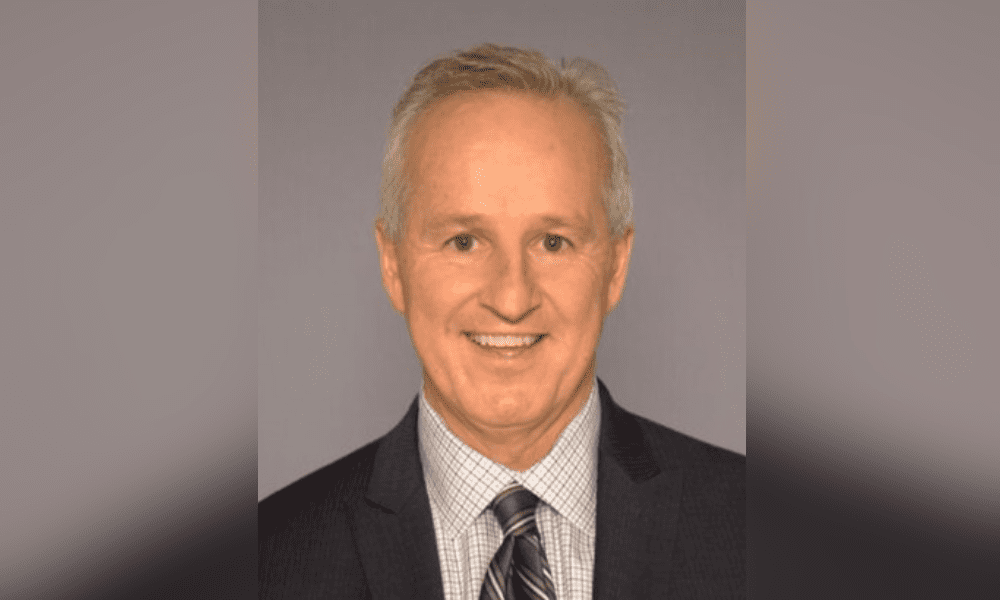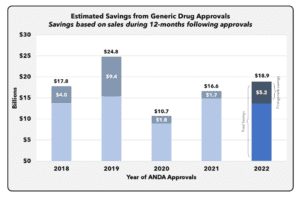What Nationwide’s action on property underwriting means

What Nationwide’s action on property underwriting means | Insurance Business America
Insurance News
What Nationwide’s action on property underwriting means
And will more carriers follow suit?
Insurance News
By
Gia Snape
The withdrawal of major players such as State Farm, Allstate, Farmers, and AIG from sales of new property and casualty policies in California has rocked the state’s insurance market in recent weeks.
Nationwide Insurance is the latest to join the growing list of insurance giants taking action on new business, after it announced it would take steps to mitigate risk and manage its personal and commercial lines portfolios.
These pullbacks might be the proverbial canary call in the coal mine. At least one broker has told Insurance Business that the market should brace for more carriers taking action against increasing catastrophe risks.
“If State Farm, the largest insurance company in the country, can’t make [California] work with their spread risk, the optics of that are bad,” said Robb Lanham (pictured), chief sales officer for HUB International’s personal insurance business.
“But it’s not just State Farm, Farmers Insurance, Nationwide and AIG. Most companies we work with are remodeling their business. They’re saying, ‘We’re continuing to write in California, but here are the new rules of engagement.’”
What has Nationwide announced?
In its announcement last week, Nationwide cited “strong headwinds” brought on by the economic environment, catastrophic weather events, and the impacts of inflation as the reason for its pullback.
The company is now requiring pre-quote documentation for new personal lines business for some products in select states. It also took action to balance risks within its small and middle-market commercial lines business.
In a statement to Insurance Business, Nationwide said the changes vary by state and product, and it encouraged agents to visit its agent center (for personal lines) or their territory sales manager (for commercial lines) to understand how the shift will affect their business.
The company declined to share specific actions in specific states at this time. However, it reassured the public of its “strong capital position… thanks to a diversified portfolio of insurance and financial products.”
In 2022, it reported record total sales of $57 billion, with its net operating income at $1.4 billion.
“As a mutual, [Nationwide] has the advantage of being able to take a long-term view, and it is well-capitalized to keep its promises to customers,” its business update added.
Lanham shared his take on Nationwide’s move: “They are not taking on any more policyholders until they get some rate, meaning they’ve got to charge a little more for their policies. They’re saying, ‘Let’s keep what we have. Let’s see if this rate can catch up and we can outrun our claims.’”
According to Lanham, Nationwide has set a six-to-eight-month target to get a handle on their books. But Lanham is skeptical of this timeline.
“Do I think that this continues past six months with Nationwide? Absolutely,” he said. “I don’t think they just need some time to let the rate take hold, to see if they could bring in more money without adding more policies. Rate increases won’t outlive this problem.”
What could carrier withdrawals mean for California?
Lanham painted a grim picture of what could happen if carrier withdrawals continued without intervention. Higher property prices and equally inflated insurance premiums could lead to a housing market crash. At the same time, a shortage of new policies could make it more difficult to buy a home.
“There is the much bigger problem in the United States, which is that we’re teetering on a real estate bubble,” he said.
A person who lives in a million-dollar home who used to pay $12,000 a year for insurance, now pays $72,000, Lanham illustrated. With home insurance reaching unaffordability, home buyers will forego properties in higher-risk areas.
“If you can’t afford the insurance, you can’t have a mortgage, and people default on their loans,” he said. “That has a ripple effect in these towns if people don’t want to move there. What about all the supporting businesses, the restaurants, and the stores, that are left there, and who rely on those customers to come in?”
Has your business been impacted by Nationwide’s action on new underwriting policies and the carrier withdrawals in California? Share your perspective with us below.
Related Stories
Keep up with the latest news and events
Join our mailing list, it’s free!






